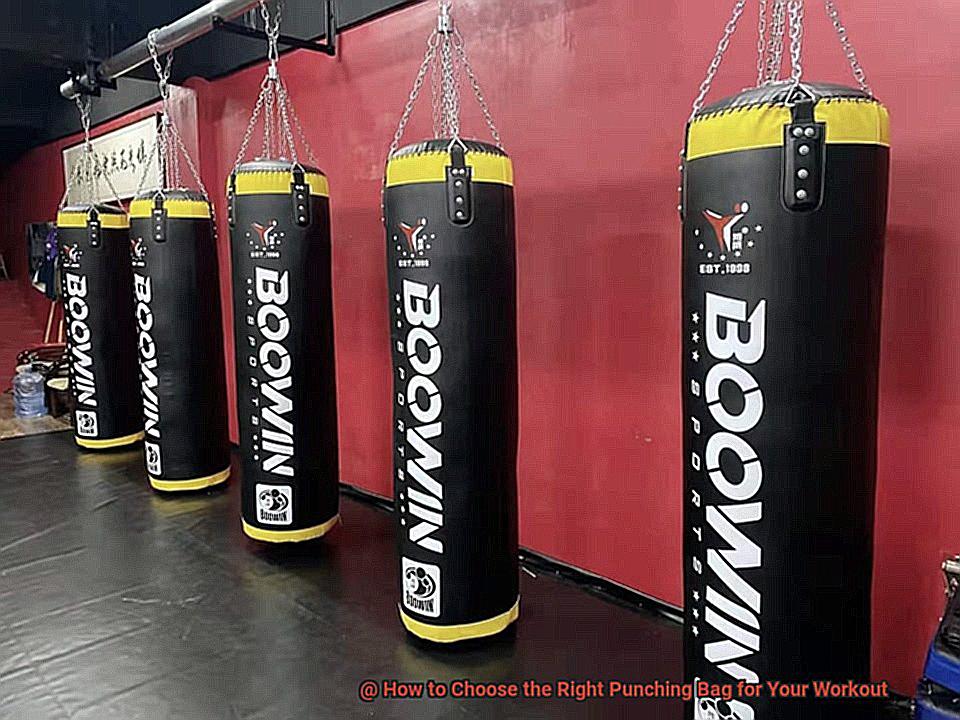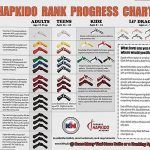Are you ready to take your fitness routine to the next level with some boxing? Before you start throwing those punches, it’s crucial to choose the right punching bag that caters to your workout needs. Whether you’re a beginner or an experienced boxer, selecting the right bag is essential for maximizing your training potential.
But with so many options available, how do you choose the right punching bag? It can be overwhelming to determine which one suits your goals, body size, and skill level. Fear not. In this blog post, we’ll delve into the nitty-gritty details of selecting a punching bag that’s perfect for your workout regime.
We’ve got you covered – from exploring the different types of punching bags and considering weight selection to highlighting features you should look for in a punching bag. Plus, we’ll provide expert tips and tricks to guide you in making an informed decision.
Whether you’re interested in fitness boxing, training for a competition or just looking for a fun way to blow off some steam, we’ve got everything you need. Get ready to unleash your inner Muhammad Ali with the perfect punching bag for your workout.
Types of Punching Bags
When it comes to punching bags, there are several types to choose from, each offering unique benefits that cater to different training goals and levels.
First up, we have heavy bags – the most popular type of punching bag. These bags are perfect for building strength, power, and endurance in your punches and kicks. With weights ranging from 60 to 150 pounds, they provide a solid target to practice your strikes.
If you’re looking to improve your hand-eye coordination, timing, and speed, then speed bags are the way to go. These smaller and lighter bags weigh between 5-10 pounds and are designed to help you develop accuracy and speed in your punches.
For those who want a more unpredictable target, double-end bags are attached to the ceiling and floor with elastic cords. They’re great for improving your reaction time, accuracy, and reflexes by providing a moving target.
Finally, free-standing bags offer versatility and can be used for a variety of training styles. They come in different sizes and weights, making them suitable for both beginners and advanced boxers alike.
When choosing a punching bag, it’s important to consider factors such as size, weight, material, and durability. Leather bags are the most durable but are also quite expensive. Vinyl bags are more affordable but may not last as long as leather bags. Canvas bags are lightweight and easy to move around.
It’s recommended that you start with a lighter bag weighing around 50-70 pounds. As you progress in your training, you can move up to heavier bags weighing 100-150 pounds or more.
Remember that the weight of the bag should be challenging enough to provide resistance but not so heavy that it causes injury.
Factors to Consider When Choosing a Punching Bag
Choosing the perfect punching bag is like finding a workout partner that motivates you to push yourself to the limit. A good punching bag can provide a challenging workout, but it won’t knock you out. So, before making a decision, consider these important factors that will help you choose the right punching bag for your fitness routine.
- Firstly, size matters. If you’re new to boxing, start with a smaller bag to become accustomed to the resistance. However, if you’re an experienced boxer, opt for a larger bag that can handle more weight and provide a more intense workout.
- Secondly, pay attention to the weight of the bag. A heavier bag will help you develop strength and power, but if it’s too heavy, it can cause injury and strain on your joints. Therefore, choose a weight that suits your fitness level.
- Thirdly, consider the type of filling in the bag. Sand-filled bags are heavier and provide more resistance, while foam-filled bags are softer and gentler on your joints. Choose the filling that suits your needs and preferences.
- Fourthly, think about the hanging method for the bag. Ceiling mounts or wall mounts are two options available depending on the space you have available and the type of workout you want to do.
- Finally, durability is essential when it comes to punching bags. Look for high-quality materials and construction that can withstand your punches and kicks without tearing or breaking apart.
In conclusion, choosing the right punching bag is essential for any boxer or fitness enthusiast. By considering these factors mentioned above, you can find a punching bag that meets your needs and preferences and helps you achieve your fitness goals.
Size and Weight of the Punching Bag
When it comes to finding the perfect punching bag, size and weight are two crucial factors that can make or break your workout. We’ve got you covered with all the information you need to find the ideal bag for your fitness journey.
These bags are the most popular type of punching bag and are perfect for power training. They come in a range of sizes, from 70 to 150 pounds, and the weight you choose depends on your skill level and training goals.
If you’re new to boxing, we recommend starting with a lighter bag around 70-80 pounds so you can build up your strength and stamina gradually. However, if you’re a seasoned pro looking to boost your power and endurance, go for a heavier bag – just remember that it will require more effort to use effectively.
If you’re looking to improve your hand-eye coordination and speed, speed bags are the way to go.
These bags are smaller and lighter than heavy bags, weighing in at around 5 to 10 pounds. They’re usually hung from a stand or ceiling mount and are perfect for fast-paced workouts that will get your heart pumping.
Finally, double-end bags are a great option for improving accuracy, timing, and footwork. These bags are suspended by two elastic cords and are smaller than heavy bags but larger than speed bags.
They usually weigh between 15 to 35 pounds, making them a great middle-ground option if you’re not quite ready for a heavy bag but want something more challenging than a speed bag.
It’s all about finding the sweet spot that matches your skill level, training goals, and physical abilities. If you’re new to boxing or have any injuries or health concerns, opt for a lighter bag that won’t put too much strain on your muscles and joints. As you progress and get stronger, you can gradually increase the weight of your bag to push yourself to new limits.
Material of the Punching Bag
Choosing the right material for your punching bag is crucial to ensure that it can take a beating and last for years to come. Let’s take a closer look at the different materials used in punching bags and their pros and cons.
Leather is a top choice for serious boxers who demand durability and realism in their training. Leather bags can handle heavy punches and provide a more realistic feel when hit, making them ideal for training purposes.
However, they come with a higher price tag than other materials and require more maintenance to keep them in top condition. Think of leather bags as the reliable partner who will be with you through thick and thin.
Vinyl bags are a great option for those who want something less expensive and low-maintenance. They are available in a variety of colors and designs, making them perfect for home gyms.
However, they are not as durable as leather bags and may not provide as much resistance when hit. Consider vinyl bags as the casual fling in your workout routine that won’t break the bank.
If you need something lightweight and easy to move around, canvas bags may be your best bet. They are less expensive than leather bags and can be customized with logos or designs.
However, they may not provide as much resistance as leather or vinyl bags and may need to be replaced more frequently. Canvas bags are like the fun summer romance that will keep things exciting.
Shape of the Punching Bag
When it comes to choosing a punching bag, the shape is a crucial factor to consider. Just like how different partners bring different things to the table, different punching bag shapes can help you achieve diverse fitness goals. Let’s explore the three main shapes of punching bags – heavy bags, speed bags, and double-end bags.
- First up, we have heavy bags. These are like the reliable and sturdy partners who are always there for you. Heavy bags come in a variety of sizes and weights and are typically cylinder-shaped. You can hang them from a ceiling or attach them to a stand. They’re great for developing power, improving overall technique, and incorporating high-intensity interval training (HIIT) in your cardio workouts.
- Next, we have speed bags. These are like the fun summer flings that are all about timing and rhythm. Speed bags are smaller and lighter than heavy bags and are typically pear-shaped. They’re attached to a platform that allows them to rebound quickly when struck. Speed bags are perfect for improving hand-eye coordination, timing, and rhythm. You can also use them for cardio workouts by incorporating shadowboxing and footwork drills.
- Finally, we have double-end bags. These are like the partners who keep you on your toes and require more precision when hitting. Double-end bags are similar to speed bags in size and shape but attached at both the top and bottom with bungee cords or chains. They move around more than heavy or speed bags, making them perfect for improving reflexes, accuracy, and timing.
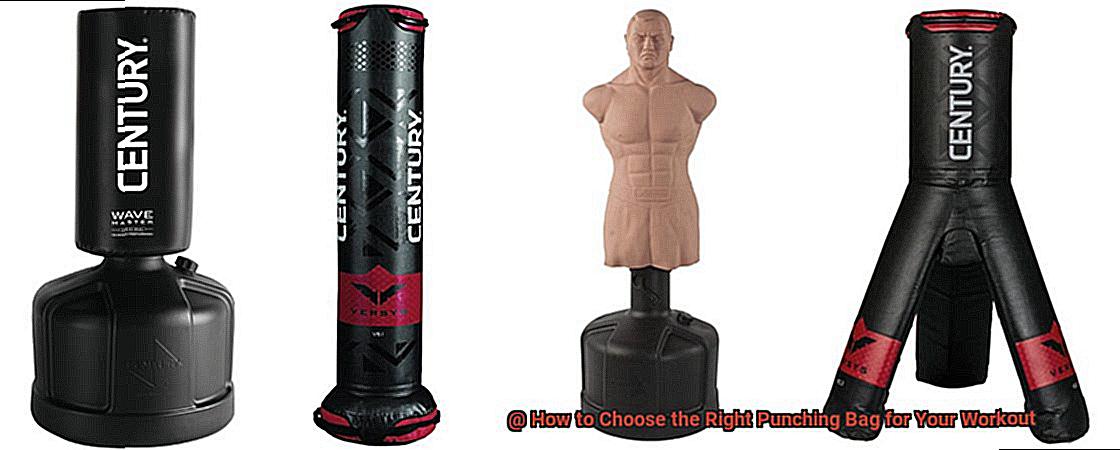
Ultimately, the shape of the punching bag you choose depends on your personal preferences and fitness goals. If you’re looking to improve power and technique, go for a heavy bag. If you want to improve hand-eye coordination and rhythm, go for a speed bag. And if you’re looking to improve reflexes and accuracy, go for a double-end bag.
Tips for Selecting the Right Punching Bag for Your Workout
A punching bag can be an excellent addition to any fitness routine. However, with so many options available, selecting the right punching bag for your workout can be challenging. To help you make an informed decision, we’ve compiled seven tips that will guide you in choosing the perfect punching bag for your fitness goals.
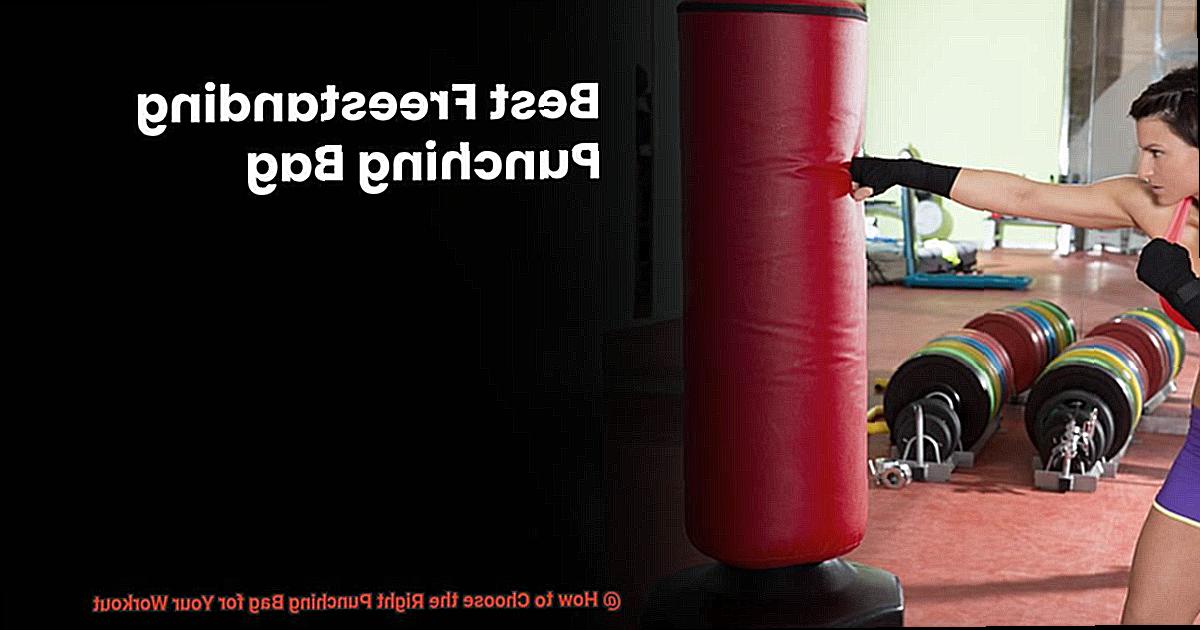
Determine Your Workout Goals
Before you start shopping for a punching bag, consider your workout goals. Are you looking to improve your overall fitness, build strength, or enhance your boxing skills? Different types of punching bags cater to different needs, so it’s essential to be clear about your objectives.
Consider Bag Size
Punching bags come in different sizes, ranging from 40 to over 100 pounds. The size of the bag you choose will depend on your size, strength, and goals. A heavier bag is more suitable for advanced boxers who want to build power, while lighter bags are better for beginners who want to improve their technique.
Choose the Right Type of Bag
There are several types of punching bags available, including heavy bags, speed bags, and double-end bags. Heavy bags are great for building strength and endurance, while speed bags are ideal for improving hand-eye coordination and speed. Double-end bags are perfect for improving reflexes and timing.
Look for Durability
A good punching bag should be durable enough to withstand frequent use. Look for bags made from high-quality materials that can handle the impact of your punches and kicks. Leather bags are the most durable and long-lasting but also the most expensive. Vinyl bags are affordable and easy to maintain but may not last as long as leather bags. Canvas bags are lightweight and inexpensive but may not be as durable as leather or vinyl bags.
Check the Filling
The filling of a punching bag can affect its weight and feel. Bags filled with sand or water are typically heavier and harder, while bags filled with cloth or foam are lighter and softer. Sand-filled bags provide more resistance and are ideal for strength training, while water-filled bags offer a softer impact and are suitable for beginners or those with joint pain.
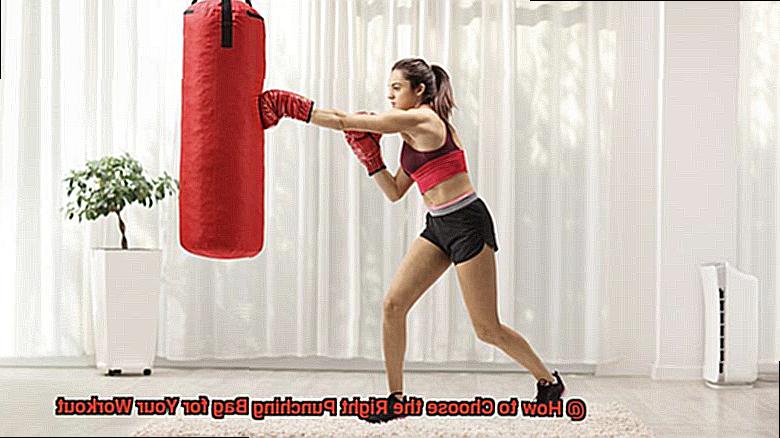
Consider the Mounting Options
Punching bags can be mounted in different ways, including ceiling mounts and free-standing bases. Ceiling mounts are more stable but require proper installation to ensure safety. Free-standing bases are more convenient but take up more space.
Set a Budget
Punching bags can range in price from under $50 to over $500. Determine how much you’re willing to spend before making a purchase to avoid overspending.
SIlpfSNhbDI” >
Conclusion
Choosing the perfect punching bag is essential to get the most out of your workout, whether you’re a newbie or an experienced boxer. With so many options available, it can be challenging to determine which one suits your goals, body size, and skill level.
However, understanding the different types of punching bags and considering factors such as size, weight, material, and durability will help you make an informed decision.
Heavy bags are ideal for building strength and endurance, while speed bags are perfect for improving hand-eye coordination and timing. Double-end bags provide a moving target and are great for improving reflexes and accuracy. When selecting a punching bag, think about factors like size, weight, filling type, mounting options, and durability.
Leather bags are the most durable but expensive option; vinyl bags are more affordable but may not last as long as leather bags. Canvas bags are lightweight and easy to move around but may need to be replaced more frequently than leather or vinyl bags.

